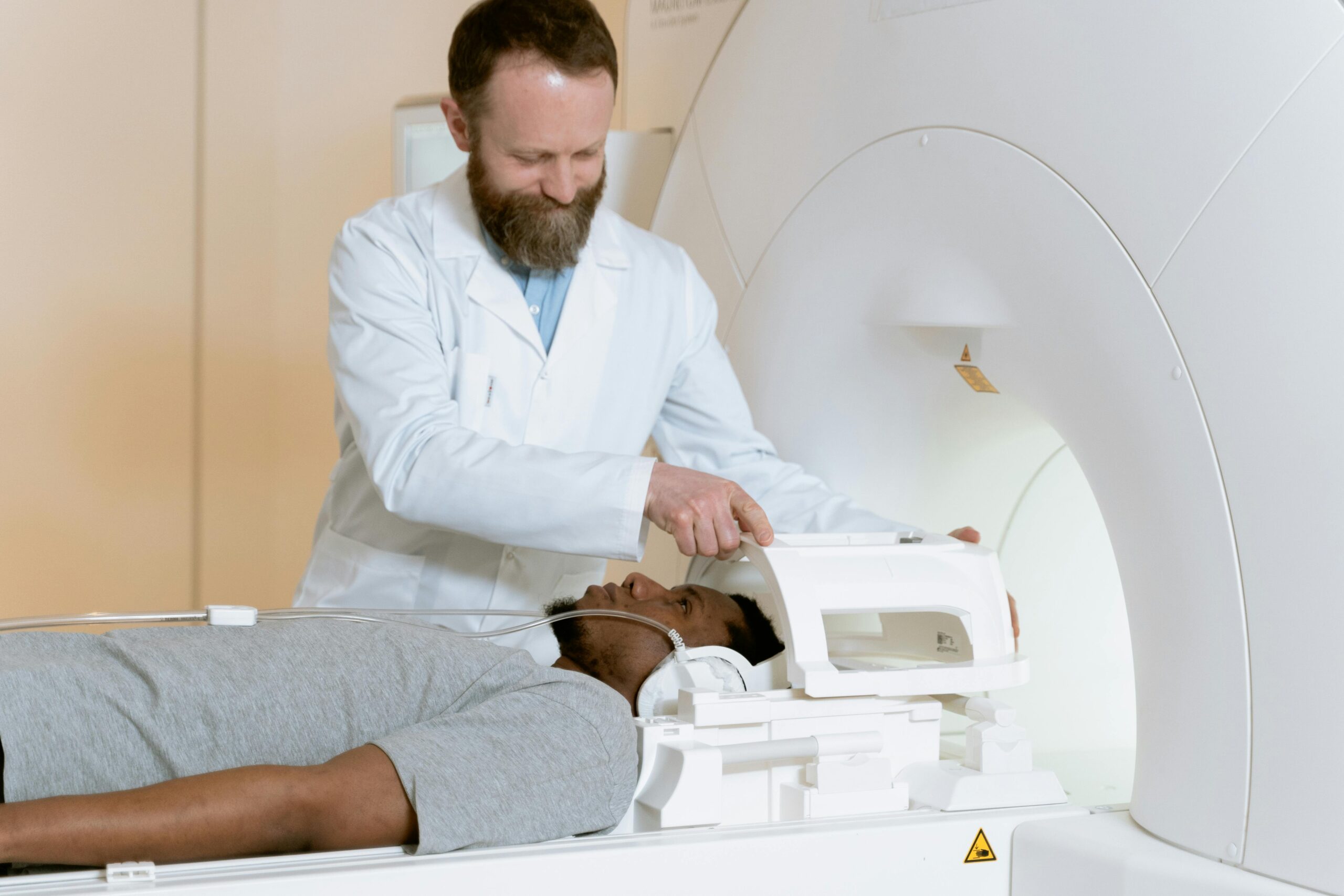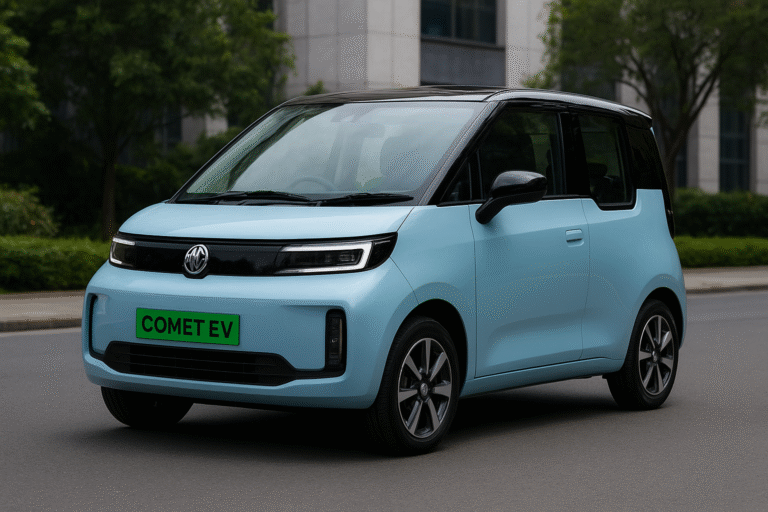
Picture a radiology suite late at night. Screens glow softly as images load in seconds. Over each scan, translucent shapes and colored overlays shimmer into place. Behind these visuals works an invisible partner: artificial intelligence. In hospital imaging departments around the world, AI now quietly speeds decisions, sharpens accuracy, and helps radiologists find answers that used to take hours or days. Since 2020, the use of AI in radiology has moved from experimental to everyday, reshaping how images are read and diagnoses are made. Let’s explore the key ways AI is changing the workflow, improving outcomes for patients, and pushing innovation in medicine.
AI Tools That Transform Imaging Workflows
Behind every scan, there’s a story: a worried patient, a physician waiting for answers, a team working the clock. AI has become a crucial member of that team by transforming how radiologists work through piles of images each day.
Computer-Aided Detection for Lung Nodules
AI-powered systems watch over CT scans, flagging suspicious spots much like a friend pointing to a cloud shaped like a dog. These computer-aided detection (CADe) tools highlight possible lung nodules, catching details a tired eye might miss. Studies show these systems can lower the rate of missed cancers by up to 30 percent. While not every flagged spot is cancerous, false-positive rates now hover near 1 out of every 10 findings, meaning the balance between caution and accuracy is tighter than ever.
Automated Segmentation of Organs and Tumors
Tracing organs and tumors by hand slows down even the fastest radiologist. Now, AI automatically outlines the edges of organs and abnormal growths in MRI or CT images. This “segmentation” used to take 10 or 20 minutes per scan but can now finish in seconds. For treatment planning, like targeting radiation at a tumor, these outlines are essential. Research groups also rely on this precision to measure growth or shrinkage, tracking the tiniest changes over time.
AI-Driven Triage of Emergency Scans
Time matters most in emergencies. AI recognizes urgent findings—like a new stroke or bleeding after an accident—and races those scans to the front. Radiologists and emergency doctors get early alerts, sometimes within minutes after the scan. Hospitals using AI triage have cut door-to-needle times for stroke treatment by up to 25 percent, giving patients precious minutes that can mean the difference between recovery and lasting harm.
Clinical Benefits and Patient Impact
For patients and clinicians, AI isn’t just tech for tech’s sake. Meaningful changes ripple out beyond the screen, touching lives across the care continuum.
Faster Diagnosis Shortens Wait Times
No one likes waiting for medical news. AI speeds up image interpretation, often saving 10 to 30 minutes per study. In busy centers, this has reduced backlogs and anxiety for patients. Faster results mean treatment can start sooner, and nervous families spend less time in limbo. Shorter queues also help hospitals manage rising demand without burning out their staff.
Improved Accuracy Lowers False Positives
AI doesn’t replace radiologists—it acts as an extra set of eyes, catching subtle findings and flagging questionable spots. The rate of false-positive results (when something harmless gets called suspicious) drops by up to 15 percent with these tools. This improvement brings real comfort. It trims the number of unnecessary biopsies and calls for follow-up scans, making the system more efficient and sparing patients extra worry.
Personalized Treatment Planning
Images hold secrets unique to each person. AI reads details that would be tough or impossible to spot alone. In cancer care, for example, AI systems gather data from tumor size, shape, and blood flow to help select the best treatments. Surgeons can also use these insights to shape their operative approach. The result is a plan tailored to fit each patient, not just a diagnosis squeezed into a template.
Challenges, Ethics, and Future Directions
Despite these bright spots, the path forward for AI in radiology has twists and turns. Hospitals and developers must navigate concerns over security, fairness, and trust.
Data Privacy and Security Concerns
Every medical image carries the story of a life, wrapped in sensitive data. Hospitals must use secure storage, robust software protections, and get patient permission when images are used to train new AI. Strict safeguards modeled after HIPAA rules help keep data safe. As threats evolve, IT teams and doctors stay vigilant to protect patient trust.
Bias in Training Datasets
AI sees the world through the lens of its training materials. If the data used to teach an AI lacks diversity—say, more images from one ethnicity or age group—then the tool may not perform as well for everyone. Missing signs in under-represented groups isn’t just a glitch, it’s a danger. Researchers are working to build larger, more balanced datasets so that AI gives every patient an equal shot at an accurate reading.
Regulatory Landscape and Approvals
AI systems in radiology need a green light before they’re used in real care. In the US, the Food and Drug Administration (FDA) reviews these tools to check for safety and performance. The CE mark in Europe does the same. Rigorous trials must show that AI works reliably on real hospital images. For doctors and patients, these approvals matter—they turn experimental tech into trustworthy tools.
Emerging Research on Multimodal AI
The next wave for AI in imaging blends pictures with other medical clues. By combining scans with lab results, genetics, or even clinical notes, multimodal AI tools promise a deeper story about your health. Imagine an AI that can not only find a tumor but suggest, based on blood tests and gene data, what therapy will work best. This is where AI moves from being a helper to becoming a true partner in personalized medicine.
Conclusion
AI in radiology no longer feels like science fiction. In a suite filled with glowing screens and anxious patients, it’s become a trusted teammate—working around the clock, never tiring, never distracted. From speeding up the triage of emergency scans to sharpening treatment plans down to the finest detail, AI already touches millions of lives. With every fresh innovation, the promise grows: faster care, more accurate results, and a future where every image tells the whole story. The next time you see the glow from a radiology suite, remember: the future is already here, measured not just in pixels, but in lives improved.







